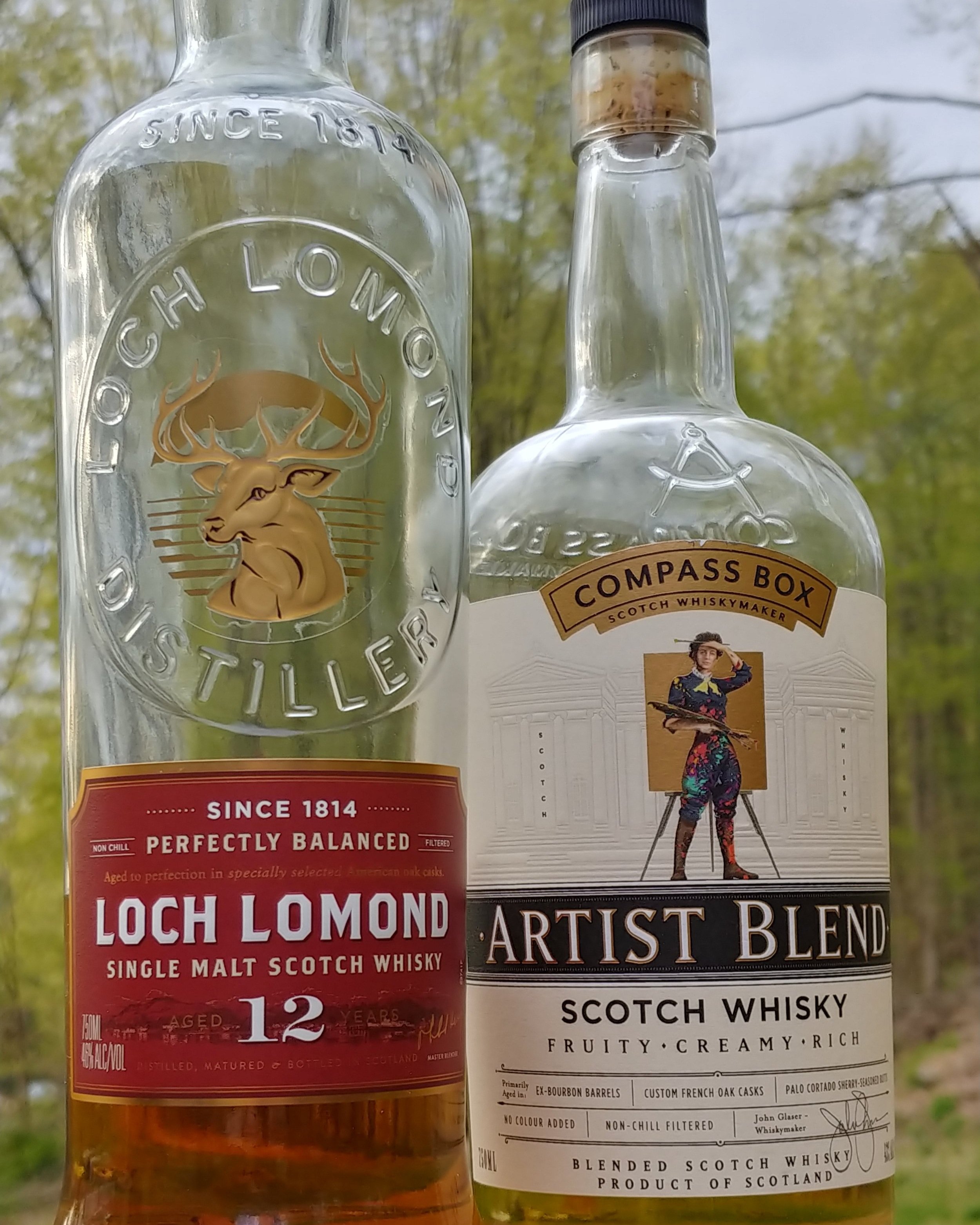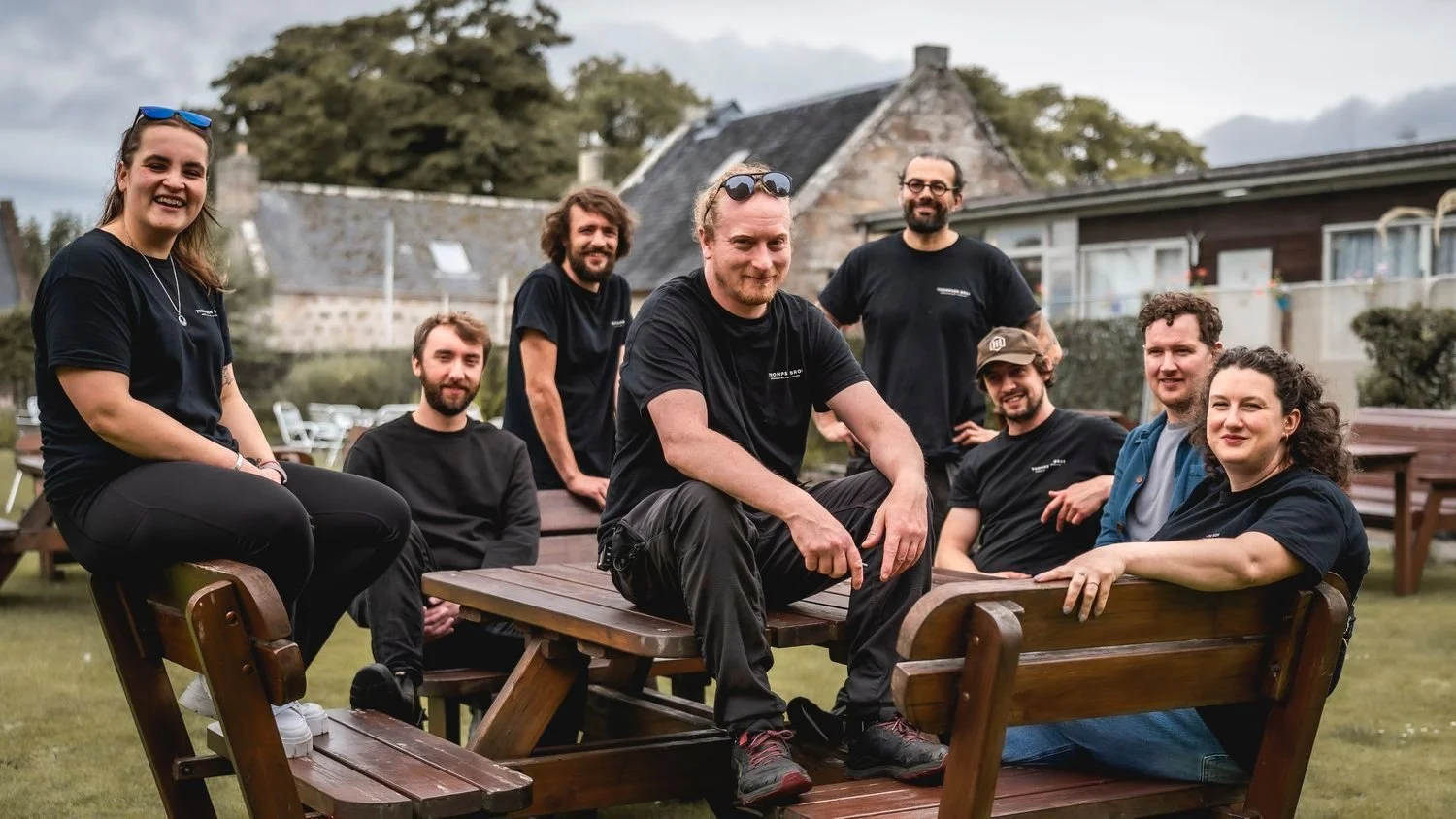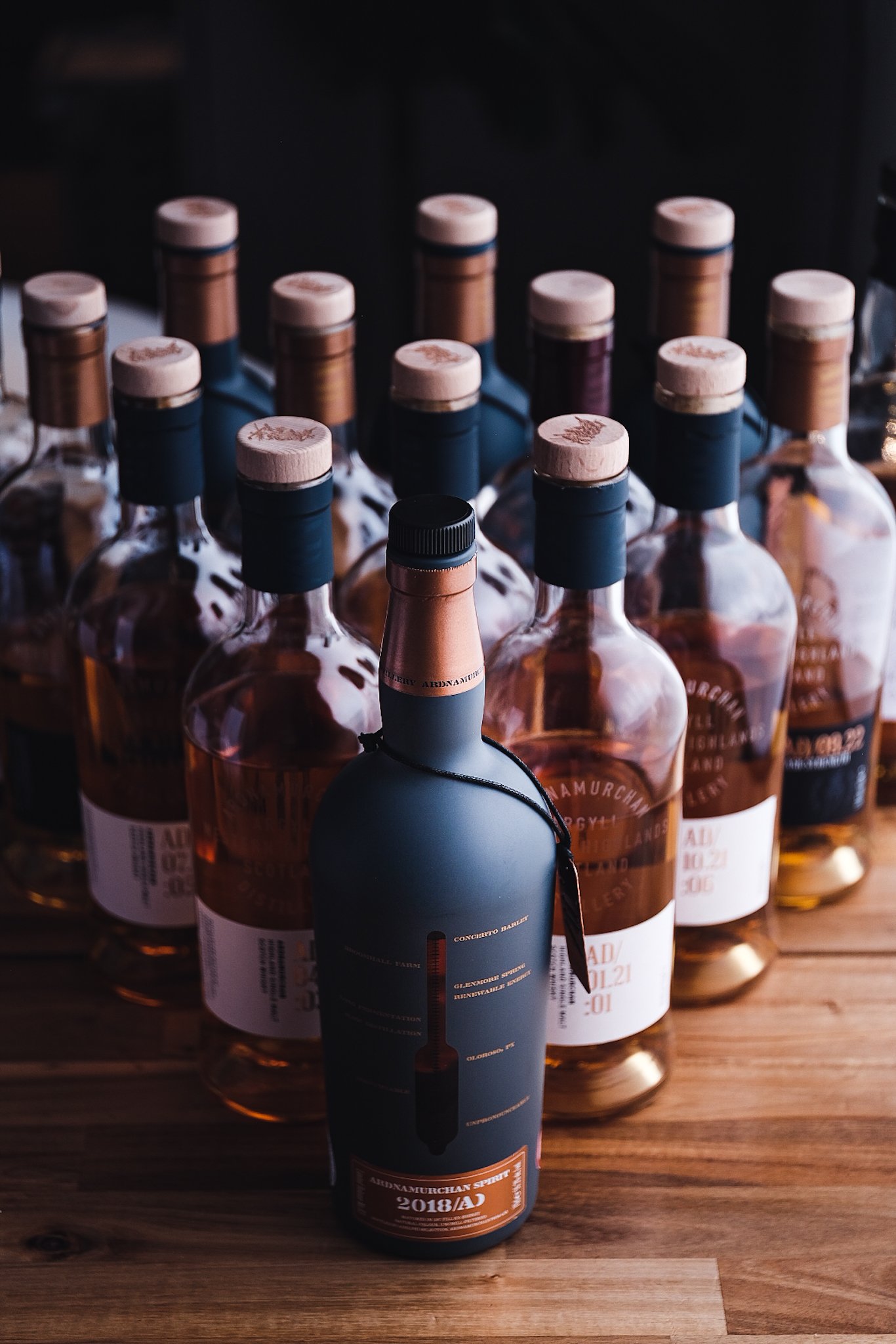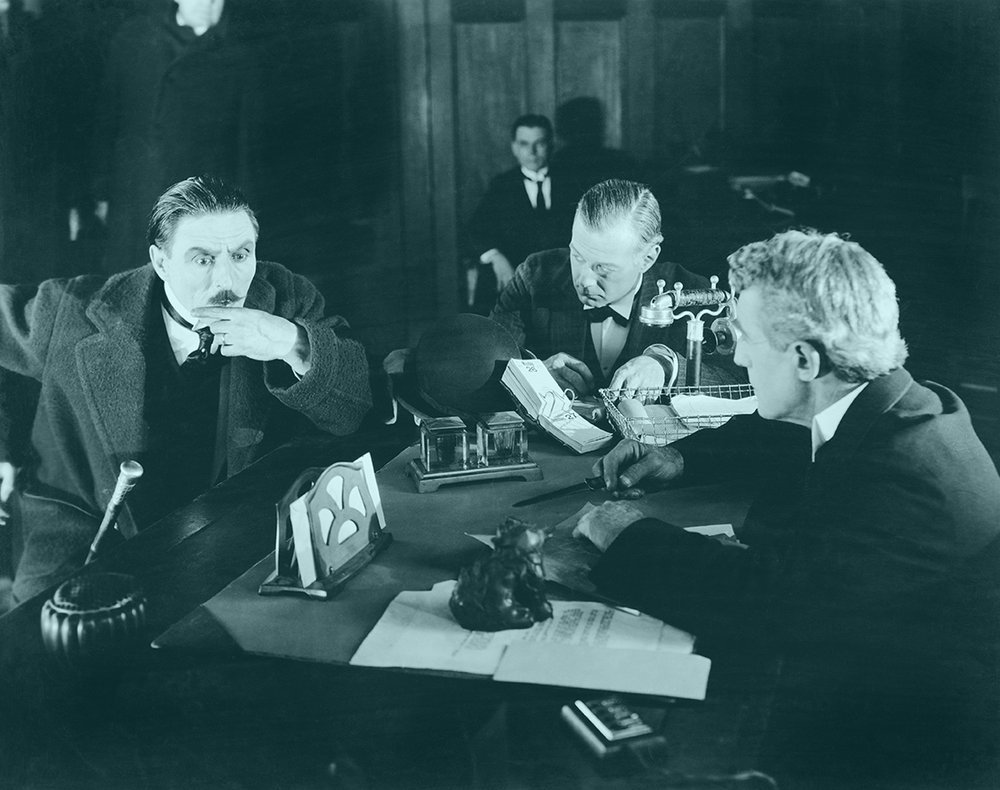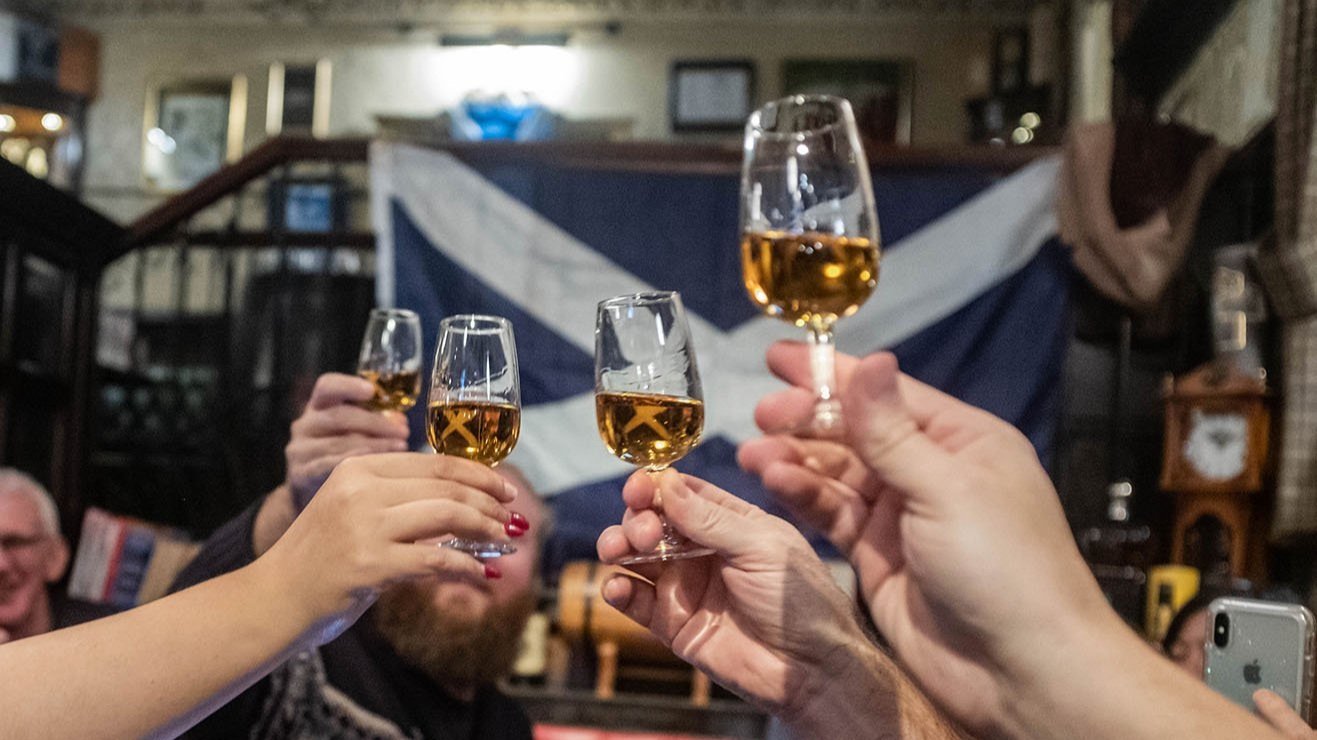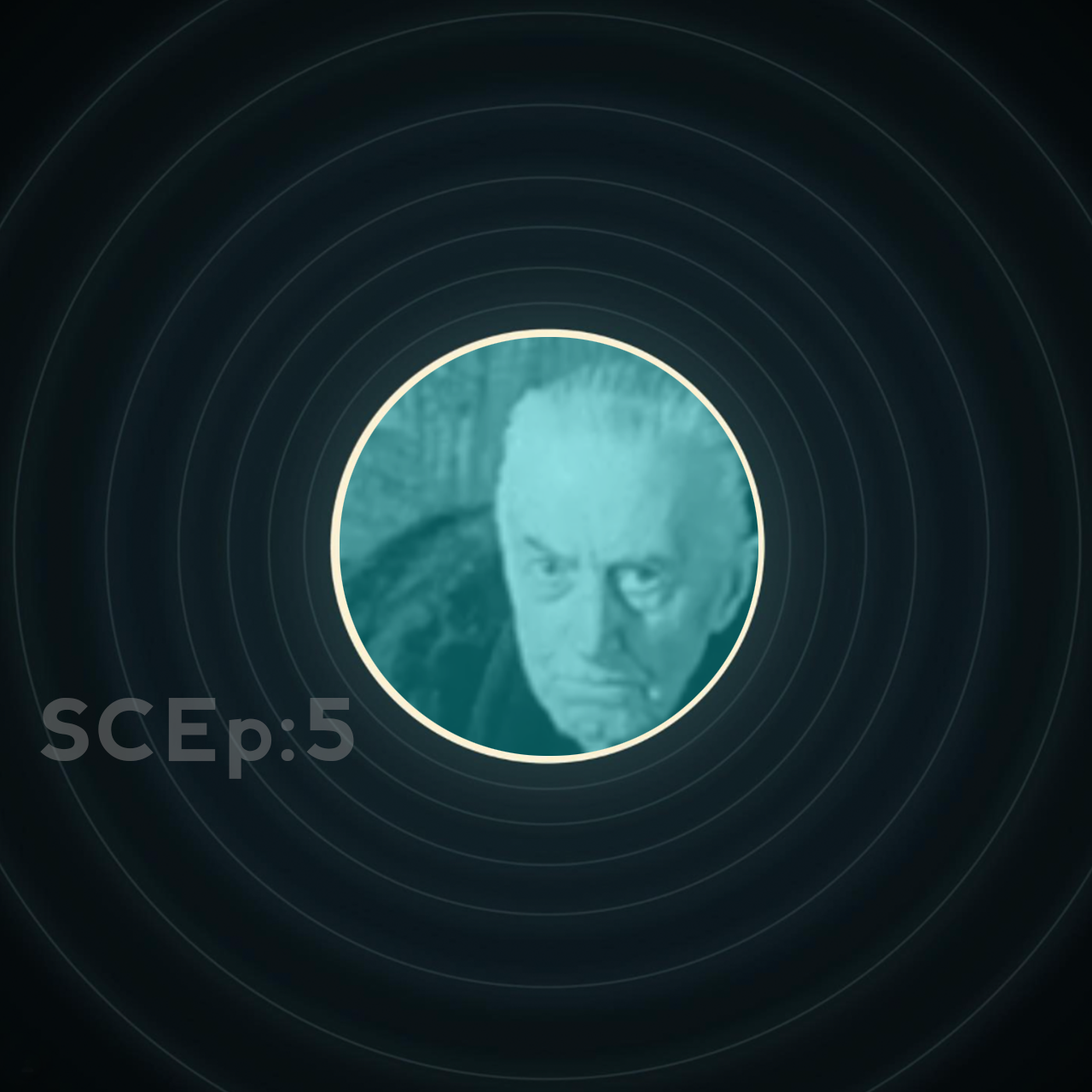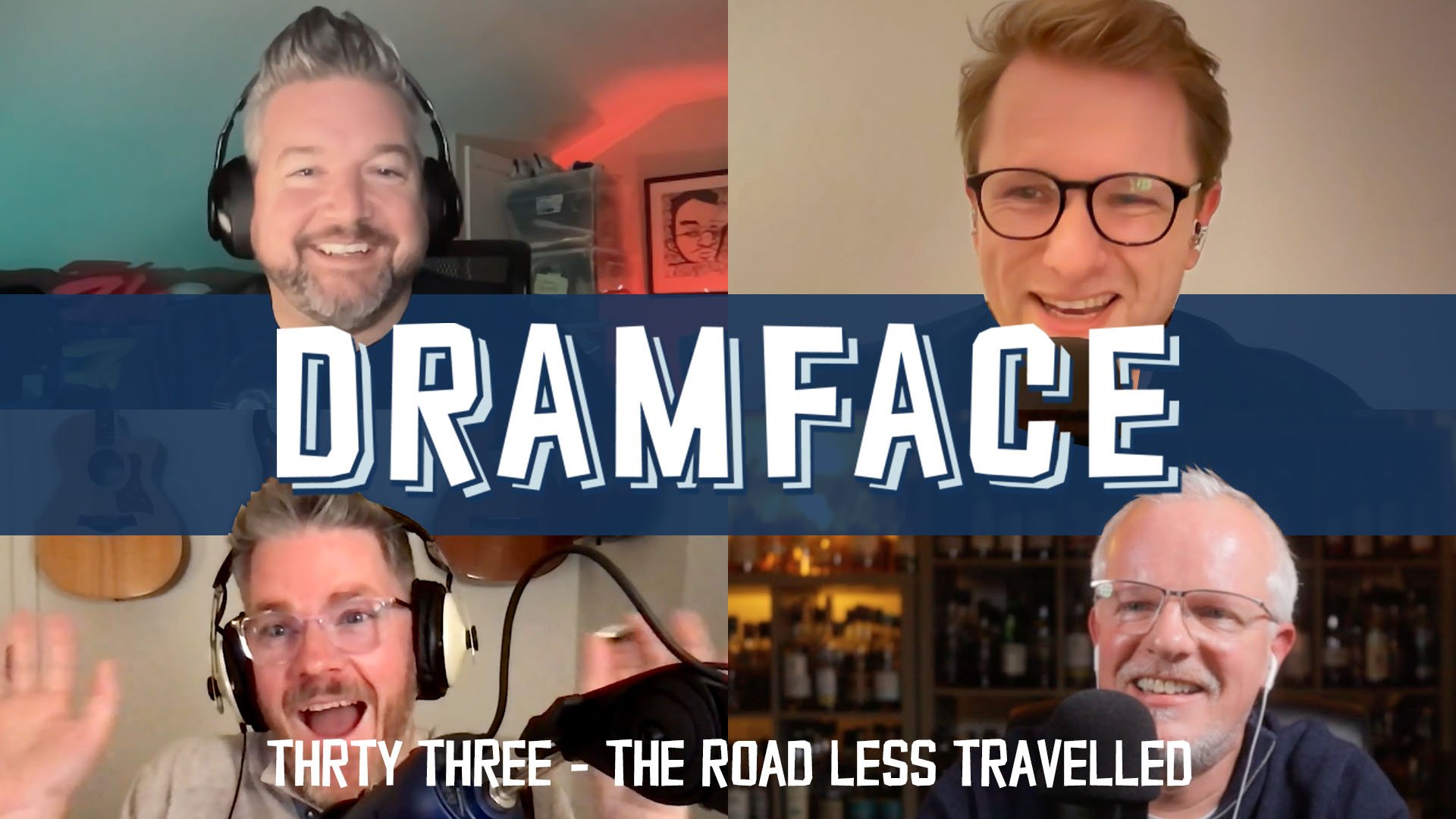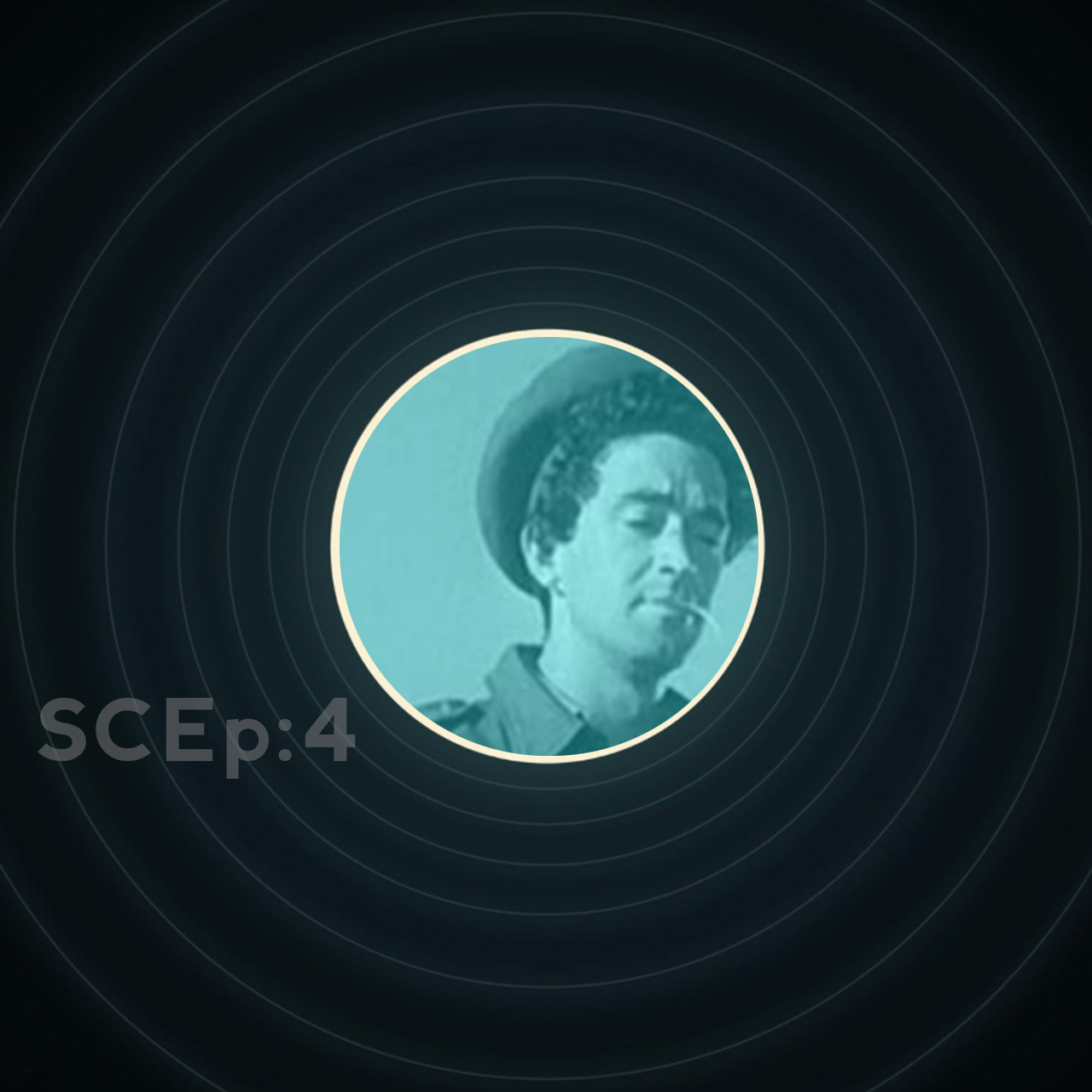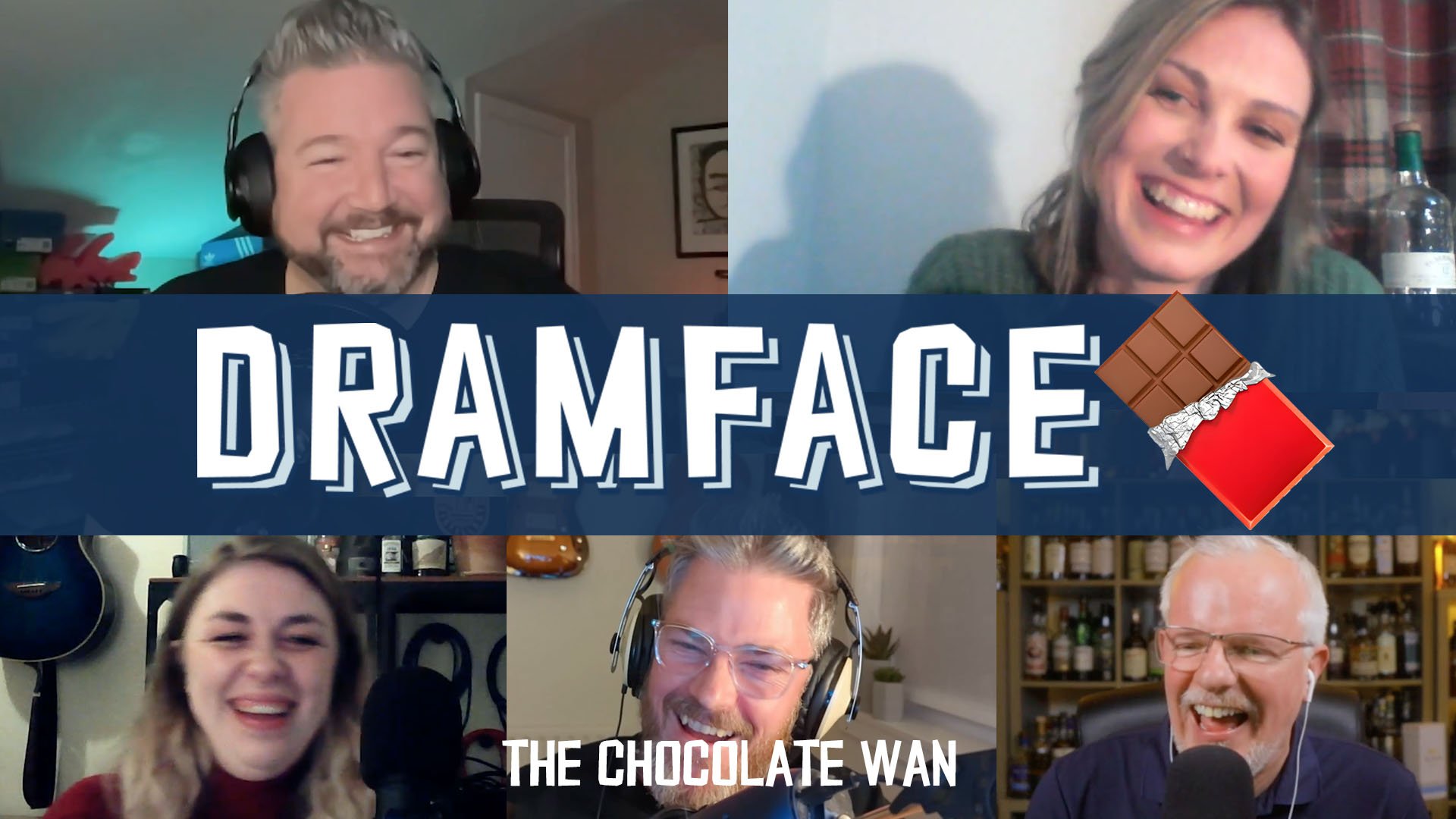Loch Lomond 12yo
And Compass Box Artist’s Blend | 46% & 43% ABV
Frogs, pots, and whisky
The gauntlet was thrown down before the last beautiful drops of high-end whisky reached my lips.
After many whisky club meetings discussing value propositions, we decided to treat ourselves. And so, at our last club meeting, we had an “expensive bottle share” evening. We pooled our resources to purchase two bottles and bought a 25 year old Mortlach from Gordon & MacPhail and a Michter’s Barrel Strength rye whiskey. Spreading the cost of these two bottles among our members, each tossing in $45 to receive two, 2oz. samples. We revelled in the liquid and shared tasting notes.
The Mortlach was delightful and the Michter’s was such a treat that even Gregor McWee would change his tune about that “devil’s grain”. And then the challenge was put before me as I was about to take the last sip of my Mortlach.
“I have a whisky challenge for you, Ogilvie,” Mattias said, “are you up for it?”
Them’s whisky fighting words. Bring it on.
Mattias put his Glencairn down and said that while the two samples were fabulous and tasty, for the price we paid for a total of four ounces of liquid we could have each purchased a full, standard-size bottle of Highland Park 12 or a Russell’s Reserve 10 year old bourbon.
Everyone stopped and looked at their two, 2 oz. sample vials. Mattias had struck a nerve with everyone as their heads did a collective nod. We loved sharing these expensive bottles that we otherwise, on our own, would never have sampled. We analysed, chatted, and let the whisky do its magic with us for more than an hour. A wonderful night, but it also ultimately underscored our collective preference for value propositions.
After looking at the two 2 oz. vials of whiskies in front of him, Mattias wondered if there was a financially feasible way, instead of two samples, to have two full bottles of good whisky for a bargain price. After teasing out the terms of the challenge to help us re-calibrate our price points, the exercise would be to see if I could find two bottles that met the following parameters:
Two good bottles of Scottish whisky with a combined retail price of no more than $70.
Neither bottle could be less than 43% ABV.
Neither bottle could be chill-filtered (at that price, added colour could be tolerated).
No bottles from in-house store labels (i.e., Grangestone from Total Wine, or Kirkland from Costco).
No online purchases or auctions.
The bottles must have different flavour profiles from each other.
Finally, each bottle must be tasty. The litmus test being if we’d be satisfied with them if they were the only bottles in our cabinet for the next two months.
I told myself this should be easy and my initial thoughts were good ones, but with the increases in prices over the last year, the duos I had in my head consistently registered more than $70. For example, the prices of a Tomatin 12 or a Deanston Virgin Oak - what I initially considered as good budget bottles - have incrementally crept up so they were priced out of my consideration.
The next day I was off to another store with a larger selection and I went back to basics, thinking about a bottle that’s been a staple on my shelf. I paid more for it than I had before, but I was glad to have it, nonetheless. As for the second bottle, there was no single malt that fitted the challenge criteria. However, as I considered trying again another day, I realised I’d neglected blends. The challenge was for scotch whisky and the words from Roy at Aqvavitae on this very point from a recent vPub rang in my head.
As I turned back to the shelves I reached for two Douglas Laing expressions that I’ve previously enjoyed. While wonderful whisky, both were above my price point. Then I saw what would be my second bottle - An under-the-radar bottle that doesn’t get the recognition it deserves. That said, neither bottle appears to get much publicity, although my first pick was the focus of great chatter a few years ago, but it seems as if it’s been overlooked since. I am here to remedy the relative silence for these bottles - and also to satisfy Mattias’ challenge. Without further ado, here is some love for these two whiskies.
Review 1/2
Loch Lomond 12yo, distillery release, non chill filtered. Nothing on the label regarding natural colour, 46% ABV
$39 USD (£31)
This bottle had been a staple on my shelf for years, but in my search for new and different whiskies, I’ve not replaced this in a while. With the re-vamping of the Loch Lomond brand in recent years, this 12 yo has become a stalwart. As The Malt Whisky Yearbook 2023 says: “The at one time obscure whisky [Loch Lomond ] metamorphised in the last decade, it raised the quality of the spirit, attracting new fans and continuously increasing their sales in an impressive way (+200% in a decade).”
Count me in as a fan boy.
Score: 7/10
Very Good Indeed.
TL;DR
My best bang-for-buck in single malt scotch whisky
Nose
Peat and a lactic funk hit my nose right off the bat and I am a sucker for a bit of funk. Going back to the nose, over-ripe fruits come forward. Plums, melon, grapes, anise and spiced tea.
Palate
Oily and dirty - not to the level of a Benromach, but along the same lines. Layers of flavour with ripe, sweet stone fruits and vanilla fudge. The spice tea is almost a nutmeg or cinnamon overlay but it doesn’t overcome the fruit and peat. The peat is rich, not ashen or the Islay-iodine version. It’s a characterful whisky. Each time I take another sip, the flavours seem to mix in different ways. This whisky demands your attention.
It’s a complex and challenging whisky and is hearty and oily. That fruity-peaty-industrial style with lactic funk hits all the right notes. It is a whisky that grabs me by the taste buds, smacks me around a bit, and then gives me a hug. Some have panned this bottle as being disjointed or too industrial. Conversely, there are many who praise Loch Lomond 12. I haven’t heard of many that are in the middle of the road. It would appear this bottle is clearly one you love or pass on it. And I love it.
Loch Lomond’s various processing methods from fermentation to stills to casks give this bottle a meaty feeling with weight and body. The distillery is innovative with its fermentation that can include four types of yeast and has a duration of 92 hours, which is roughly double the time of many other distilleries. Specific to the 12 year old, Loch Lomond’s website says the whisky “is crafted… using our unique straight neck stills and more traditional swan neck stills, before being aged in three varieties of American oak casks - bourbon, refill and re-charred.” All of this contributes to a multi-faceted flavour bomb.
This is not bland or thin – this is an experience. For $39, it’s the best bang-for-your-buck proposition in scotch whisky.
Score: 7/10
Review 2/2
Compass Box Artist Blend, Lot: 14 01 22, Non chill filtered and natural colour, Batch: 11:16 BB , 43% ABV
$30 USD (£24)
Score: 6/10
Good stuff.
TL;DR
At this price, an absolute steal
Nose
Pears and cereal notes with and overlay of vanilla and a hint of apple. Very light sweet aromas. Honey and orange peel. Nothing complex, but enticing.
Palate
Creamy mouthfeel and good body which belies the 43% ABV. The nose translates to the palate with the pears and cereal notes combining with malt and honey. The vanilla is there but subtle. I understand this bottle is often used as a mixer and that’s fine, but don’t pass on the fact this is a terrific neat pour. Apple and demerara sugar are present and melds nicely with the other notes. The dram provides a rich and longer finish than you might expect.
I’ve enjoyed Compass Box’s Spice Tree, The Peat Monster, and Orchard House, and the Artist Blend is no different. Compass Box prides itself on transparency and scanning the QR Code shows the information about the whisky, the cork and recycling practices.
We know the composition of this blend from the website’s downloadable recipe & fact sheet:
45% first-fill bourbon barrel single grain from The Cameronbridge distillery
8% blended malt (comprised of Glen Moray, Tomatin, and Balmenach) custom French oak barrel with medium toast
5% single malt from Linkwood distillery that’s been re-vatted Palo Cortado sherry-seasoned butt
10% single malt from a first-fill bourbon barrel from Clynelish distillery
10% single malt from a first-fill bourbon barrel from Balmenach distillery
22% single malt from a first-fill bourbon barrel from Linkwood distillery
A recipe of 55% single malt combined with 45% single grain.
The Compass Box website states the Artist Blend mixes fragrant Highland malt whiskies with Lowland grain whiskies to create a dram of “creaminess and lushness that makes it one of the most invigorating and pleasurable styles of scotch whisky.” Not sure about invigorating, but creamy? Definitely. Pleasurable? Absolutely. It’s is a delight and, at $30 is an absolute steal.
Score: 6/10
The Dregs
I think many of us know of the story of the frog in the pot. As the cautionary tale goes, if you place a frog in a pot of boiling water, it will immediately sense the danger and jump out to save itself. However, if a frog is placed in a pot of room-temperature water, it’ll sit there and be just fine. If a burner under the pot is turned on and the temperature is slowly raised over time, the frog will not notice and will be boiled to death due to it being unaware of the gradual temperature change.
We are the frogs in the world of whisky consumerism.
We all have shouted to the heavens over the past year when we saw the abrupt and inexplicable jump in prices of Lagavulin, Talisker, Highland Park and Glenmorangie. We jump away from those prices instinctively with a shocked sense of what we see just as the frog jumps from the boiling water. But, over the past 12 months or so, I appear to have become the second frog example. Maybe you have too? The gradual uptick of pricing had me desensitised to the gradual price change outside of my permashelf bottles.
There are only a few bottles I’ve replaced as I’m more interested in finding and trying new expressions. As such, my awareness of the price of bottles I once had didn’t keep up with the times. I lost a measure of perspective but I’m now very much aware of the uptick in prices. For this challenge, in my head, I tacked on a conservative increase to what I remembered the price to have been. However, it was only when I scanned the present prices of many old bottles that I previously enjoyed did I recognise that the tack-on was not enough to match what today’s prices have become.
Going on this quest made me realise just how much the water has heated all around me, and this makes the Loch Lomond and Compass Box that much more special. Though there are fewer options at this price range, it’s still possible to find a few really solid and tasty bottles for a budget price. And, the fact we have these bottles from two great labels is that much more impressive.
Yes, I’d be satisfied with these bottles if they were the only bottles in my cabinet for the next two months. If you find yourself with a similar need or desire to buy a scotch whisky and find yourself with only $40 in your wallet, these are two examples that I wholeheartedly recommend.
Tried this? Share your thoughts in the comments below. OS
-
Dramface is free.
Its fierce independence and community-focused content is funded by that same community. We don’t do ads, sponsorships or paid-for content. If you like what we do you can support us by becoming a Dramface member for the price of a magazine.
However, if you’ve found a particular article valuable, you also have the option to make a direct donation to the writer, here: buy me a dram - you’d make their day. Thank you.
For more on Dramface and our funding read our about page here.
Other opinions on this:
Whiskybase (Compass Box Artist Blend)
Menno’s Malty Mission (Compass Box Artist’s Blend)
Got a link to a reliable review? Tell us.

